Deck & Commander Strategies

Urza, Chief Artificer
Leverages artifact synergies to generate value, ramp mana, and assemble powerful artifact-based combos or threats to control the board and win through overwhelming force.
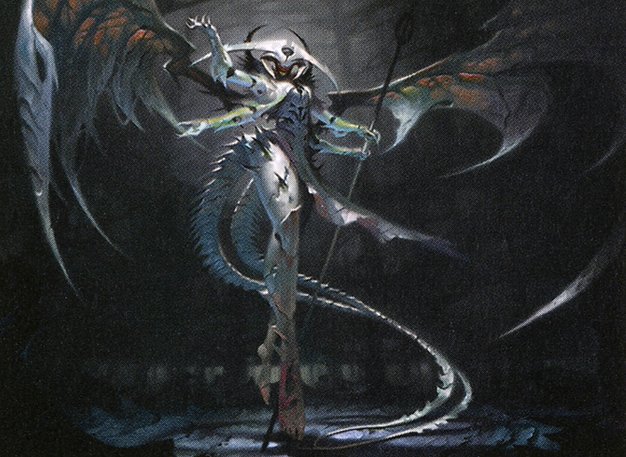
Atraxa, Praetors' Voice
Uses infect creatures and proliferate effects to accumulate poison counters on opponents, aiming to win by poisoning rather than traditional combat damage.
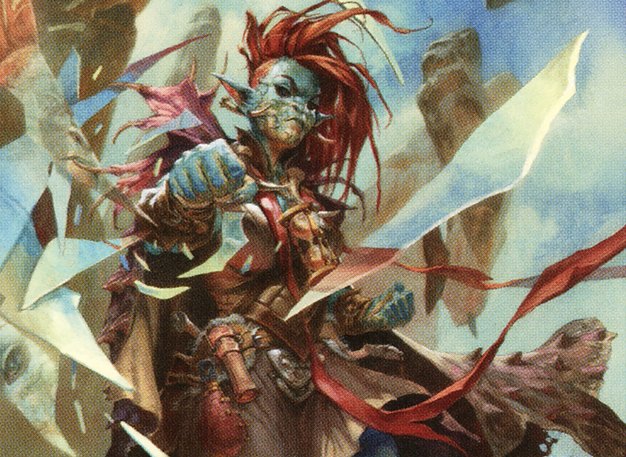
Obeka, Brute Chronologist
Dragon tribal deck that manipulates turn timing by ending opponents' turns early, disrupting their plays while deploying efficient dragons to take over the board.
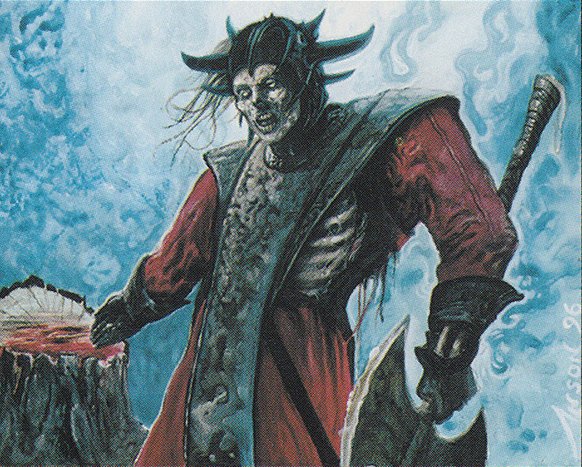
Lord of Tresserhorn
Presumably a control or graveyard-focused deck controlling the game state with removal and recursion, though specific gameplay details are limited.
Gameplay Insights
- 1
Atraxa's focus on infect and proliferate created a consistent threat that forced opponents to respond quickly or risk losing to poison counters.
- 2
Obeka’s ability to end opponents’ turns early provided significant disruption, allowing the player to control the pace and tempo of the game.
- 3
Urza's artifact synergies allowed for rapid board development and value generation, putting continuous pressure on opponents.
- 4
The interplay of the different strategies led to dynamic and tense gameplay, requiring players to adapt their plans around disruptive mechanics and alternative win conditions.
Notable Cards
-
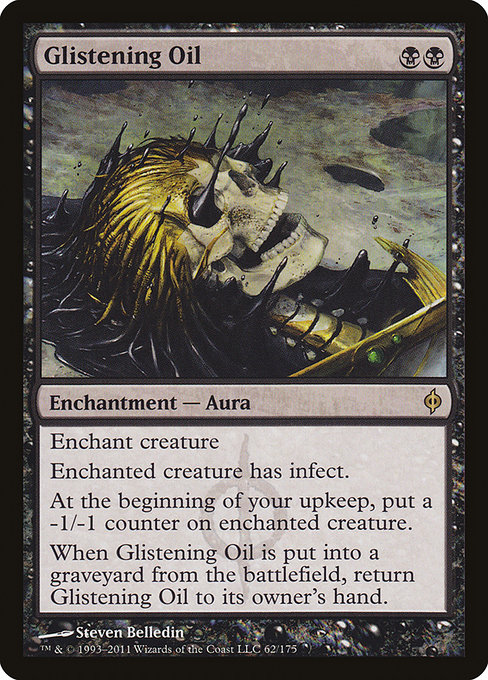
Glistening Oil
-

Shivan Reef
-
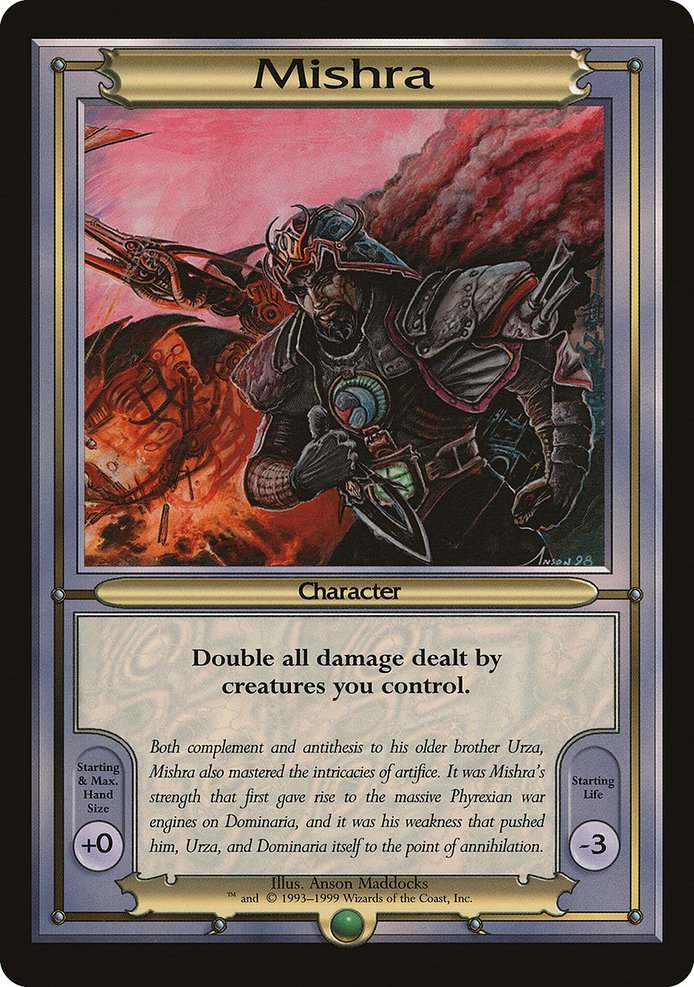
Mishra
Gameplay Summary
The game featured four distinct Commander decks, each leveraging unique strategies around their commanders.
Urza, Chief Artificer, piloted a powerful artifact-based strategy aiming to generate value through artifact synergies and eventually overwhelm opponents with artifact-powered threats.
Atraxa, Praetors' Voice, focused on an infect and proliferate game plan to poison opponents quickly by stacking poison counters rather than traditional damage.
Obeka, Brute Chronologist, employed a dragon tribal deck utilizing the ability to end opponents' turns early, disrupting their plans and accelerating their own board presence.
Lord of Tresserhorn likely played a control or graveyard-centered strategy given the commander's typical build, although detailed gameplay about this deck was limited in the video. Key turning points included Atraxa's aggressive application of infect counters combined with proliferate effects, putting pressure on opponents to answer quickly or succumb to poison damage.
Obeka's unique mechanic of ending turns early provided tempo swings and disruption, creating tension around timing and sequencing.
Urza's artifact synergy made the board state increasingly difficult to handle as threats and mana accelerants accumulated.
The game unfolded as a dynamic contest of tempo, disruption, and alternative win conditions, with infect and artifact combos being prominent threats.
The interplay between these strategies created multiple critical moments where players had to adjust their tactics to survive and find openings to secure victory.




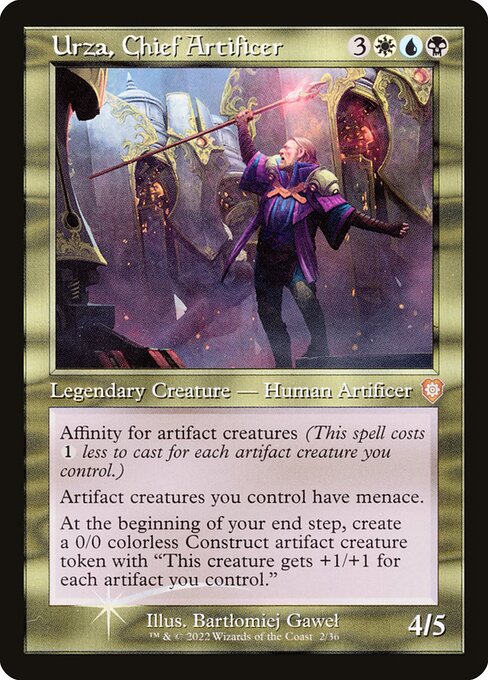

















![Obeka vs Varina vs Zurgo vs Skithiryx [EDH/Commander, Magic The Gathering Gameplay] 2021 thumbnail](https://i.ytimg.com/vi/lpVA-DQkfyc/sddefault.jpg)




![Herumkommandiert #05 | Halloween Commander EDH Gameplay [Deutsch] thumbnail](https://i.ytimg.com/vi/TYi-yLuHxeU/sddefault.jpg)





![Commander VS S15E2: Queen Marchesa VS Lord Tresserhorn VS Gwafa Hazid & Edric VS Saskia [EDH] thumbnail](https://i.ytimg.com/vi/cYXuLovNOrc/sddefault.jpg)


![Commander VS Special: Kresh vs Xantcha vs Rhys vs Atraxa [EDH] thumbnail](https://i.ytimg.com/vi/3F2CvGLBGvw/sddefault.jpg)


![Commander VS S6E7: Thada Adel vs Xenagos vs Seton vs Atraxa [MTG] thumbnail](https://i.ytimg.com/vi/YH_1i08V2a8/sddefault.jpg)



![Favorite Precon Upgrade of 2022 [Commander VS 324] | Magic: the Gathering Commander Gameplay thumbnail](https://i.ytimg.com/vi/bNtpdfoanxo/sddefault.jpg)
![Brothers' War vs Dominaria United [Commander VS 315] | Magic: the Gathering Commander Gameplay thumbnail](https://i.ytimg.com/vi/_-hCwDSKn3I/sddefault.jpg)




